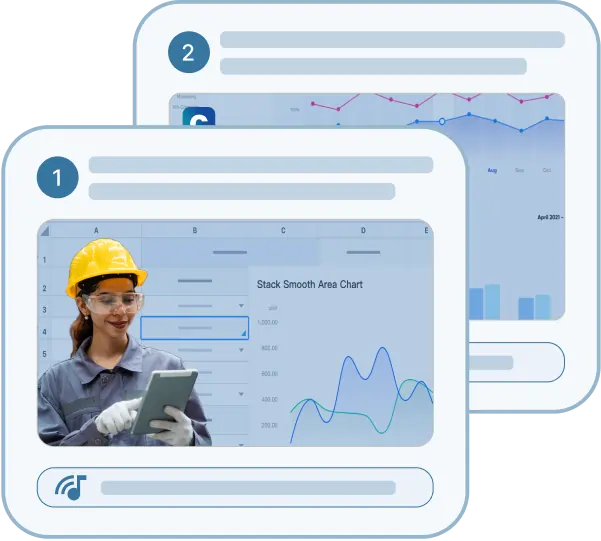
Process documentation is the process of recording and organizing workflows, tasks and procedures in a clear, structured format. It provides teams with a reliable reference to ensure consistency, streamline operations and improve collaboration across the organization. By using documentation software like Clypp, businesses can automate and simplify the creation of process records, saving time and ensuring accuracy.
Key Points:
Step 1: Define the scope and capture the process
Step 2: Enhance and refine the documentation
Step 3: Finalize with structured descriptions and subtitles
Software and system documentation
Operational process documentation
Training and knowledge sharing
Customer and stakeholder resources
Compliance and safety documentation